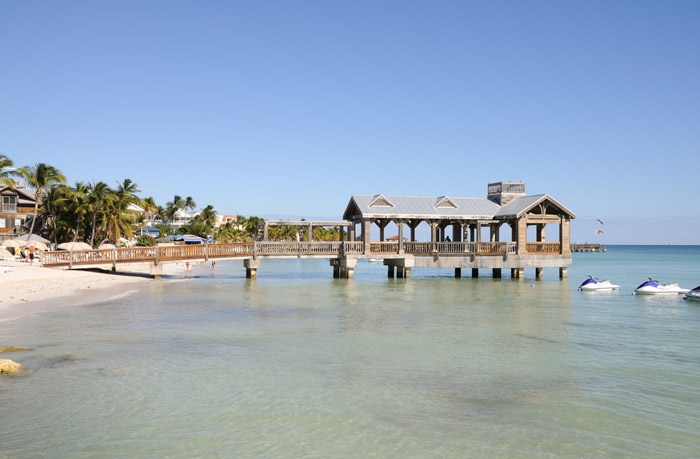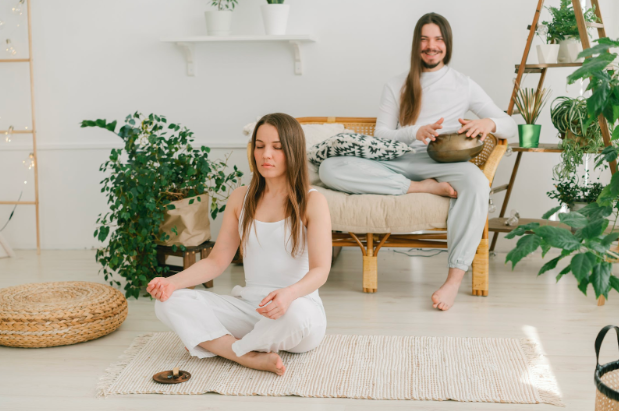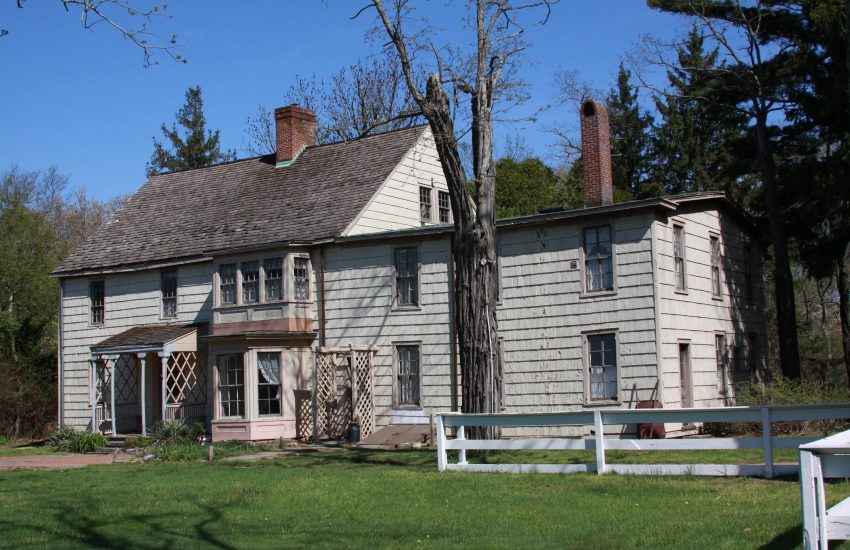Why Are Bungalows Falling Out Of Fashion?
As the number of bungalows being built falls to an all-time low, estate agents say their value will rise at a faster rate than two-storey homes
The value of bungalows could soar over the next decade, say estate agents.
The number of bungalows being built has dropped to an all-time low, says Belgravia estate agent Best Gapp. But they remain popular with older homeowners and as the number of elderly people in the UK increases demand for this type of property will far outstrip their supply, a spokesman for the firm adds.
There were 139,975 properties completed in 2015, according to the National House Building Council – more than at any time in the past seven years.
But less than 2,800 of those homes were single-storey properties. In other words, just one in 50 new homes being built is a bungalow.
This is a far cry from the mid-1980s when bungalows accounted for over 16% of new homes built. That figure slipped back to 7% in 1996 and has been declining ever since.

Central London estate agent LDG explains the reason why housebuilders are turning their attention to flats and houses.
A spokesman says that bungalows occupy more land per square foot than a two-storey house.
“Land for housebuilding is in relatively short supply and bungalows are at an economic disadvantage when it comes to town planning because they are relatively land-hungry,” he adds.
Not only that, Fulham estate agent Lawsons & Daughters reports that elderly buyers are increasingly opting for retirement flats, while families favour moving into houses.
A history of bungalows
It is often said that bungalows got their name because a housebuilder ran out of bricks when constructing a two-storey property and told the site workers: “Just bung a low roof on it.”
But this type of property actually gets its name from the Indian word bangala, sometimes pronounced bungla or baṅgalo, which has come to mean house in the Bengal style.
Bungalows first appeared in Britain in the 1860s when the British Army returned to the UK following the Indian Rebellion of 1857 and started to build copies of billets they had lived in while on service.
After World War One, large numbers of bungalows were built in suburban areas of Britain’s towns and cities because they were an affordable form of housing.
In 1943, a report shows that for every one person who said that they would prefer to live in a flat, ten said that they would prefer to live in a bungalow or a tiny house.
Between 1944 and 1948 more than 150,000 bungalows were built. Fifteen years later there was another golden age for the bungalows. Retiring to a bungalow by the sea became the biggest dream for thousands of people.
Even as recently as 2002, a poll found the bungalow was the single most popular type of home in the UK.
And a survey of 2000 people carried out by a charity supporting disabled people in 2015 found that 30% said they would like to live in a bungalow on retirement. The research also produced the statistic that 93% of people who live in a bungalow said it “makes them happy” to do so.
It is no surprise that bungalows remain popular among this particular demographic, says East London estate agent Peach Properties. Unlike flats, a bungalow’s single storey layout makes this type of property ideal for people with reduced mobility. Their interiors are more adaptable than flats because their doorways can easily be widened to more easily accommodate a wheelchair.
But while the number of bungalows in the UK has remained more or less constant over past 10 years at around 1.5 million, the number of people aged 70 or over in the UK has risen.
This is why bungalows in desirable locations are likely to increase in value at a faster rate than flats in years to come, particularly as their relative numbers decline.
















